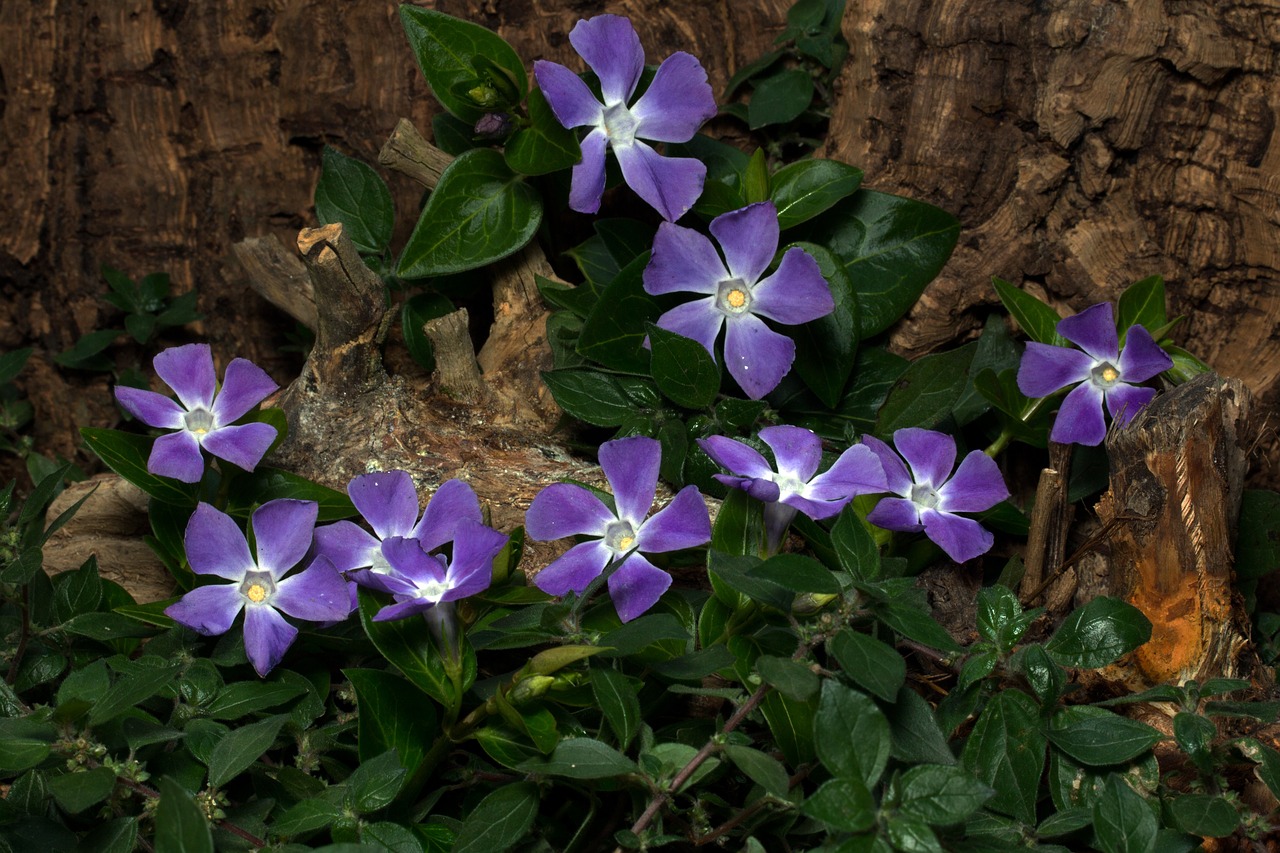10 Plants That Grow Well Under Trees

The most troublesome area in your home is probably the area under evergreen or shade trees. These areas are problematic for a few reasons. First, the area under a tree rarely receives enough sunlight to grow grass well. And if grass does grow there, accessing it with a lawn mower can be difficult if the tree has low-lying branches. The canopy of the tree tends to prevent rainfall from reaching the ground. Also, the tree’s roots compete with other plants for water and nutrients.
If you’ve given up on growing plants under trees and opted for the landscape fabric and mulch solution, read on. In this article, we’ve included suggestions on how to plant under trees, along with ten plants that not only grow, but thrive, in the difficult growing conditions found there.
Plants for success
Shade loving shrubs
1. Azaleas and Rhododendrons. These acid-loving shrubs grow best in USDA zones 6 through 9. They need a pH between 4.4 and 6.0 and won’t tolerate alkaline soils, making them an unsuitable choice for most of the Rocky Mountain area and some parts of the Midwest. If you live in an area where they grow, though, azaleas and rhododendrons make lovely understory shrubs. Azaleas need consistent moisture, so use a drip system regularly.


2. Oregon Grape Holly (Mahonia aquifolium). Oregon grape holly is a tough, drought-resistant plant that can grow in almost any environment. The plant is available as an upright shrub or with a trailing form, which is especially attractive under trees. It has holly-shaped leaves, yellow flowers and purple berries.

3. Alpine currant. This tough plant can grow as far north as USDA zone 3, making it suitable for the cold weather garden. Alpine currant grows in both sun and shade. It has attractive multi-lobed leaves. Choose dwarf varieties as understory plants.

4. Hydrangeas. Like azaleas, hydrangeas need consistent moisture, but they tolerate and even prefer shade. In zones 6 through 9, you can grow mophead or French hydrangeas. In zones 4 through 5, you’re better off growing panicle or arborescens hydrangeas, which are more cold hardy.

Perennials
1. Wild columbine. Columbines abound in woodland meadows. The state flower of Colorado, these plants have delicate flowers that belie their rugged nature. Columbines are short-lived perennials that reseed easily. They’re fairly drought tolerant, once established.

2. Wild ginger. Wild ginger needs some moisture, but it tolerates shade and spreads quickly. Its large, heart-shaped leaves form a dense mat.

3. Vinca. Vinca grows in full sun to partial shade and tolerates dry to moist conditions. In moist soil, it can become invasive.

4. Hosta. Hostas are somewhat drought tolerant, although they’ll perform better with consistent moisture. These versatile plants comes in hundreds of varieties, with foliage ranging from deep blue-green to yellow and gold. Group hostas in masses under trees.

Annuals
1. Impatiens. The classic underplanting annual, impatiens tolerate deep shade, especially during hot weather. They need regular watering and frequent fertilizer.

2. Pansies and violets. Pansies and violets grow best in full sun, but they make a good understory plant in early spring, before shade trees have leafed out. They can also be grown in the fall after leaves have fallen.

Tips for success
- Whenever possible, it’s best to plant shrubs and perennials under a tree at the same time you plant the tree, or shortly thereafter. The reason is that many trees, including oaks, maples, magnolias, beeches, pines and cherries, have roots that lie close to the surface. Mature trees are easily damaged if you amend and dig in the soil.
- Some trees, such as black walnuts, produce chemical compounds that are toxic to other plants.
- Bulbs make a good choice for spring displays. Tulips and daffodils can be planted under deciduous trees because they’ll bloom before the trees leaf out.
- Choose native plants whenever possible. These plants often naturally grow as understory plants in woodland settings, making them ideal choices for your landscape.
- Install a drip system so plants get the water they need. Don’t add extra soil or rototill the soil to add amendments. Add a bit of compost to individual planting holes and buy small plants so you don’t need to dig deeply.
- Mulch soils with 2 to 3 inches of wood chips to conserve moisture and keep down weed growth.
- Plant hostas and other plants near the trunks of trees, rather than grass. Maintaining grass subjects tree trunks to injury from weed trimmers and mowers.


